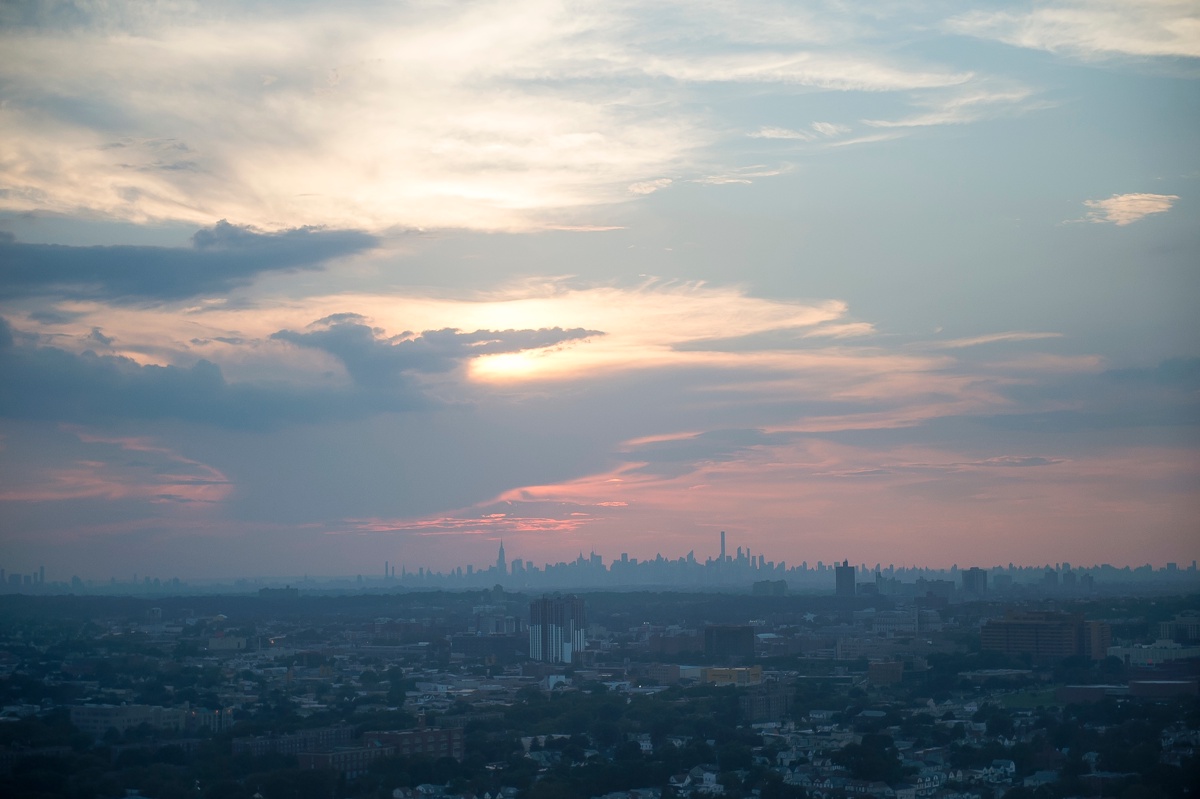What our air quality monitors tell us about NYC's neighborhoods

In Part 1, we looked at data from the New York City Community Air Survey (NYCCAS) - a network of about 100 air quality monitors - to see if air quality improves in areas that go car-free. And the answer is yes.
NYCCAS tells us that more traffic means more air pollution nearby. So, even if we don’t have a nearby monitor, we can predict that an area that goes car-free (like Park Drive in Prospect Park, for example) sees an improvement in air quality.
NYCCAS detects neighborhood differences
We combine NYCCAS data with other data to make reliable estimates about air quality all across the city. This lets us compare neighborhoods based on their characteristics, and track trends over time.
For example, when we group neighborhoods based on traffic (high, medium, or low traffic density), we can see that high-traffic neighborhoods have more PM2.5 than medium- and low-traffic neighborhoods.
Interestingly, medium-traffic neighborhoods and low-traffic neighborhoods see similar levels of PM2.5 pollution. Only with high traffic density do we see higher pollution levels. You can also see that PM2.5 is a little higher in the winter and summer for all neighborhoods (regardless of traffic density). Pollution levels vary by season due changes in energy use (heating and cooling), and weather patterns.
Air quality has been improving
NYC’s air quality has been improving. Over the last ten years, NYCCAS has shown an improvement each of the pollutants we monitor.
Because the level of PM2.5 varies by season, it can be helpful to look at one season at a time. The chart below shows the average summertime levels of PM2.5. You can see that air quality has gotten better across all neighborhoods, regardless of traffic density.
NYCCAS was designed to record trends like this, and to measure big, broad changes. If we want to make big air quality changes, we’ll need big interventions: create large car-free zones, reduce traffic volume, and place greater restrictions on harmful emissions.
Bad air is bad for you
In NYC, we estimate that each year, more than 2000 people die prematurely and more than 6000 people go to the emergency room because of health conditions made worse by breathing PM2.5. That’s one out of every 20 deaths in New York City - and that’s just from one pollutant.
So those big changes? From the benefits we would get, they may be well worth the cost. And NYCCAS is leading the way to identify ways to continue improving the air, and the health of all those who breathe it.
Michael Appleton/Mayoral Photography Office
Published on:
November 25, 2019